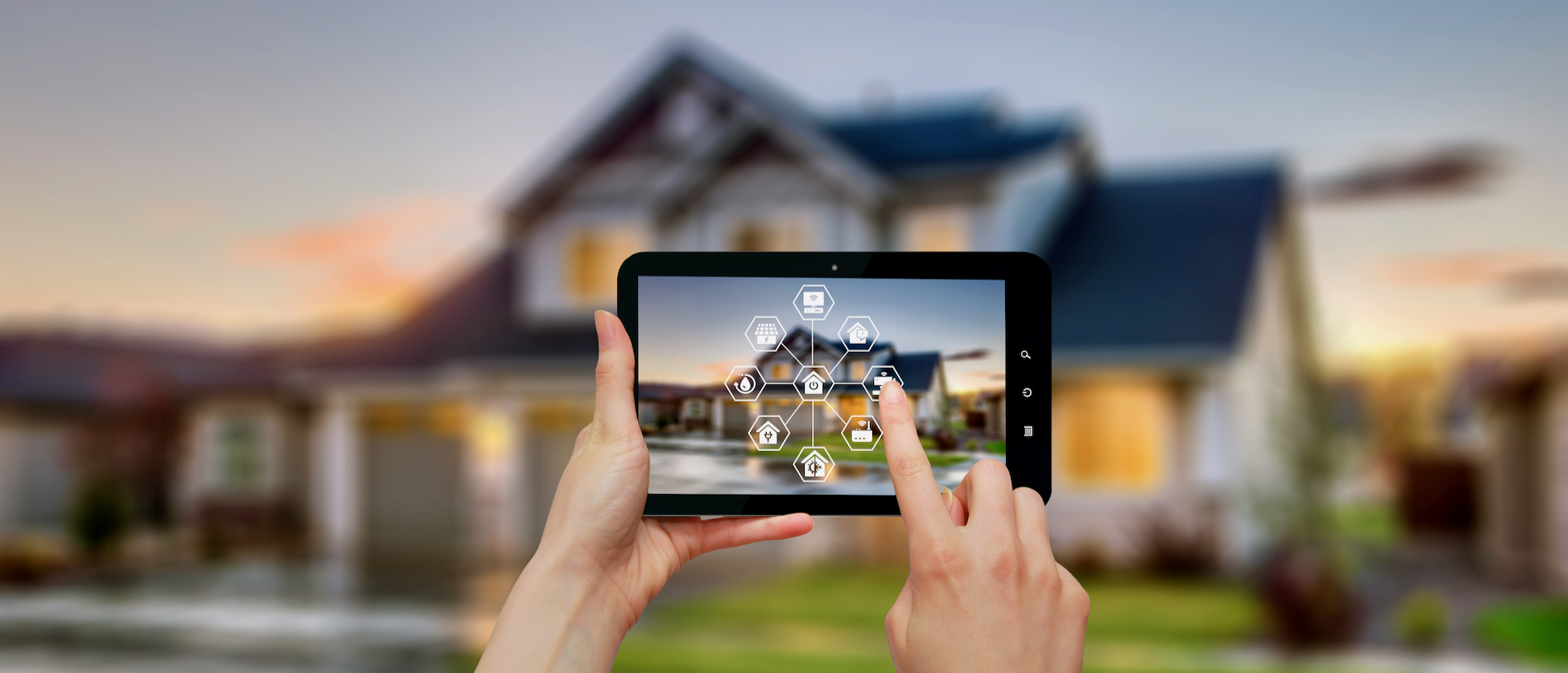
The Brook Waimārama Sanctuary, Nelson
Visit the largest pest-fenced area in the South Island – The Brook Waimārama Sanctuary.

In movies, you may have seen houses with lights that turn on when the front door is unlocked, or where toasters perfectly cook breakfast before the owner is even awake. No longer the realm of silver screen fantasy, these ‘smart homes’ are now a reality, and their technology is becoming mainstream.
But what exactly is a 'smart home'? A smart home is a house that knows and does what we want it to using automation to control aspects of the building such as lighting, security and heating.
These systems can then be managed through a remote control, smartphone app or virtual assistant. For example, a house can be set up so that shortly before you arrive home on a cold day, the heating switches on and the curtains close to keep the warmth in. At your desired temperature, the heat pump switches off and, with a vocal command, the lights flick on. In contrast, on a sunny day, your home can be set up to close blinds in areas facing the sun to keep the building cool and protect furnishings.
Hamish McLellan of the New Zealand home automation company, SmartLife, explains. “People are happy to spend a bit more on a car that has smart technology in it, where the lights turn on automatically, or windscreen wipers respond independently when it's raining. And now cars are actually smarter than our homes.
“But we can have technology in our homes, too – since people spend more time there – to make living easier or more comfortable.”
Hamish says that having automatic garage doors, smart locks and lights are about as far as we've come in New Zealand, whereas in other countries it's much more common to have high-tech home features.
He often gets enquiries through his Richmond-based SmartLife showroom from people who’ve imgrated from overseas where automation in houses is more common. “Things like smart lights and blinds help reduce energy consumption and preserve carpets and furniture from sun damage. Putting in smart technology creates a return on investment, not just an immediate cost," he says.
Accessibility is another important lens through which to view smart homes. As Hamish puts it: “There is a bigger story here because smart home tech also has massive value in an aged care and disability context. Things like automatic curtains can be helpful for those with limited mobility, so smart home tech creates options for independent living.”
He helped one family in Australia to have devices installed so they could check their mum's wellbeing remotely in her home in New Zealand.
“They can see via an app if there’s been movement, whether the front door’s been opened, or the cupboard with medication has been accessed,” he says. There are even sensors that track micro movements such as breathing and heartbeat or you could see if there’s a longer time than usual since the kettle was last boiled.
Amanda Stevens, who lives in Nelson, had SmartLife technology installed for her curtains, garage door and heat pump. “I’m totally blind and people are inclined to come into my house and do things they think are helpful, like closing the curtains, but forget to communicate that with me.”
Instead of negotiating the furniture and her guide dog’s bed twice a day to check the curtains, she now asks (virtual assistant) Alexa to do it for her.
“I think this technology is absolutely brilliant and a huge leap forward. Blind people could utilise it really effectively,” she says.
It is more straightforward to install this type of technology to new homes but it’s also possible to retrofit existing buildings, says Hamish. One of the easiest ways to retrospectively make a home smart is with a Wi-Fi Smart Plug, which uses a mains connection and can turn any device into one that can be controlled remotely through a phone or virtual assistant.
“Where possible my advice would be to get it connected when you build a new home – wires are more reliable than wireless – but in my own house, which is an older place, I've set things up through wi-fi,” Hamish says. “When I say 'goodnight' the garage door closes, front door locks, lights turn off, heat pump closes down, multi-room audio goes off and the en-suite light comes on.”
Returning home on a cold night, he’ll communicate ‘coming home’ via the phone app and by the time he arrives, the heat pump and lights are on, and the electric blanket’s warm.
“Most of this happens without you doing anything because it's pre-programmed,” he says. “Helping people create their dream home is great, but if you‘re actually changing someone’s life in terms of helping them gain a degree of independence and giving peace of mind to their relatives, that’s pretty cool!”
Story by Charlie Cuff for the Winter 2023 issue of AA Directions magazine.